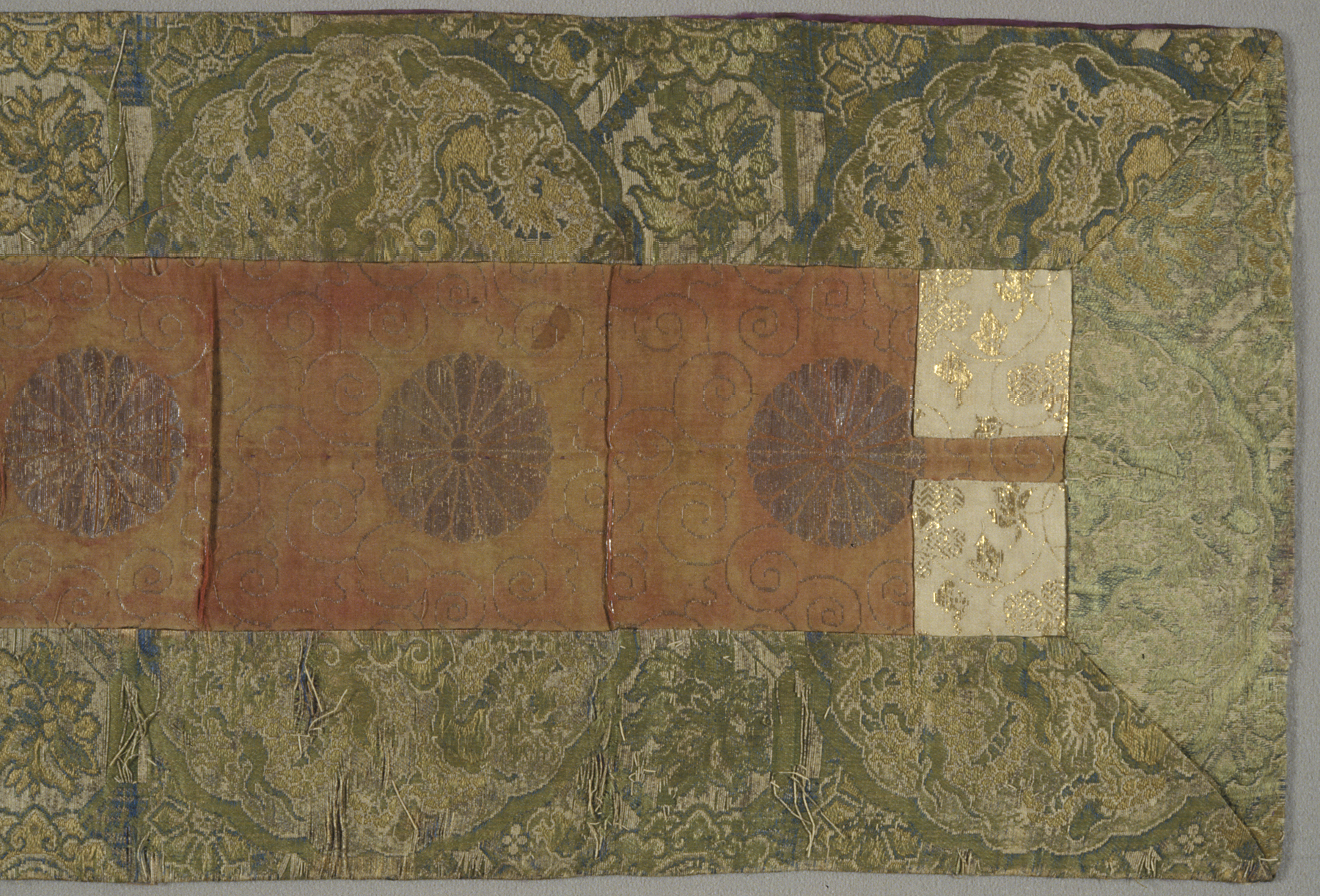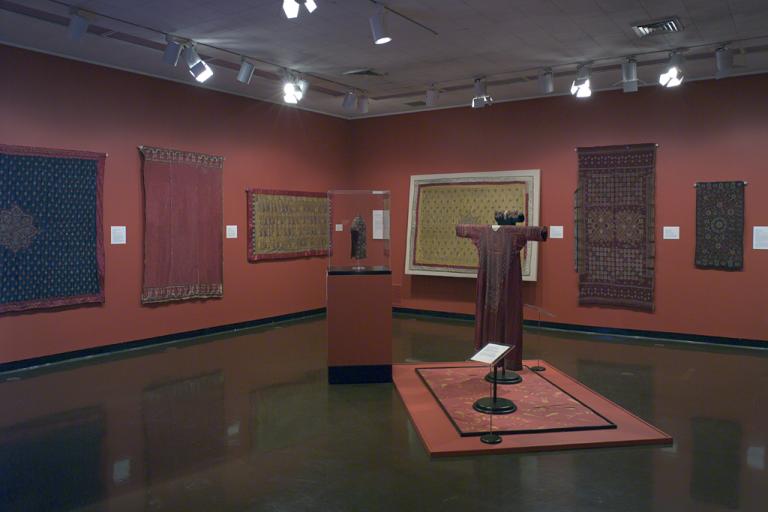obi, unknown maker from Japan
Artwork Overview
obi
, 1500s–1800s
Where object was made: Japan
Material/technique: silk; patchwork; paper; twill; foil
Credit line: Gift of Rose K. Auerbach
Accession number: 1967.0049
Not on display
If you wish to reproduce this image, please submit an image request

